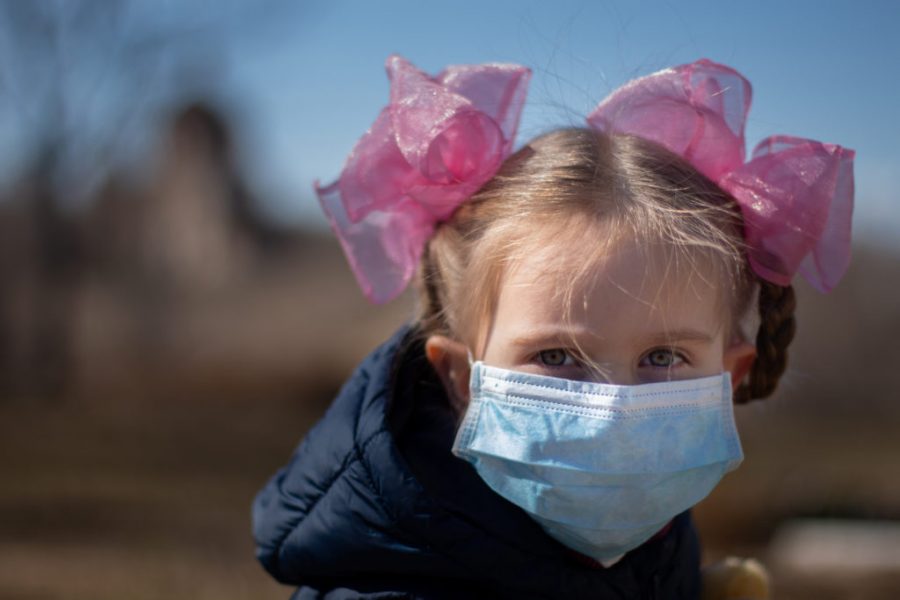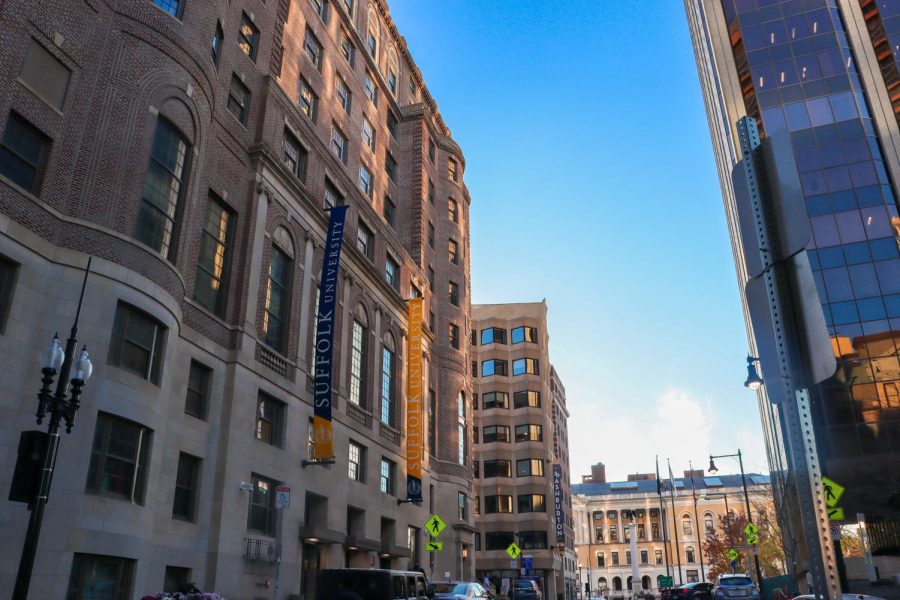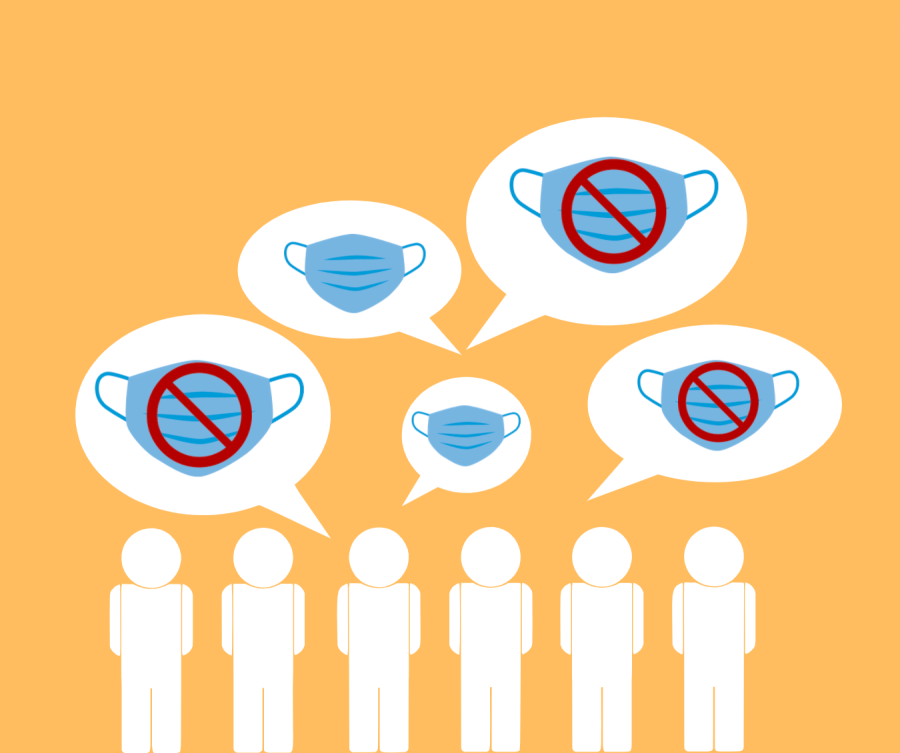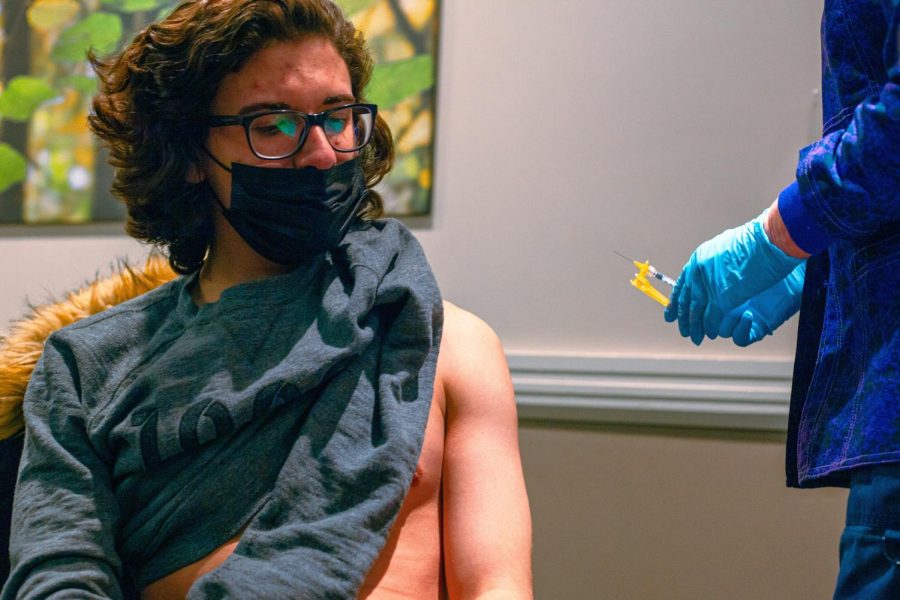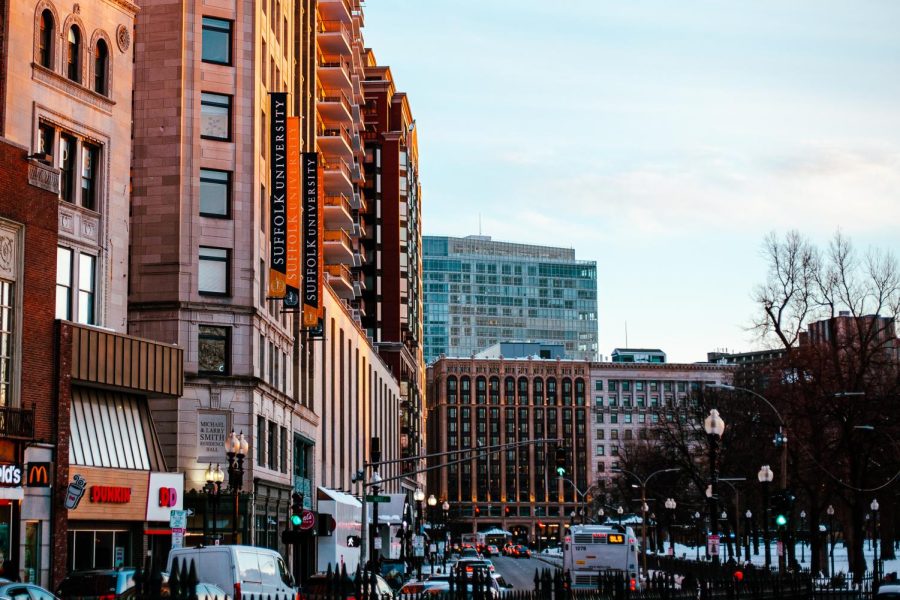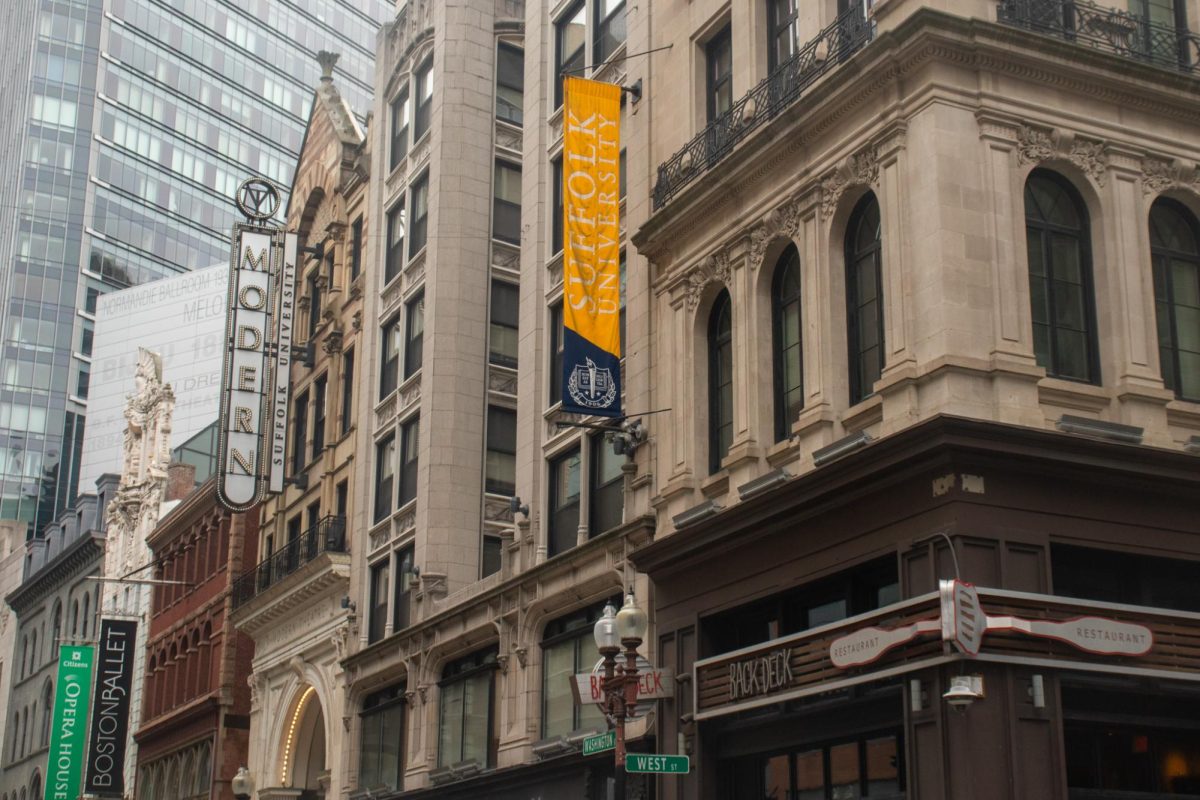France has seen an uptick in positive cases of COVID-19 in late August and into early September. The French government has reissued restrictions and is relying on a regionalized approach to control the virus, which is impacting the French population and Suffolk students who are living and studying there.
After a 55-day confinement period in France, which ended on May 11, the country began phase one of its plan to reopen, as reported by ABC News. As the country continued to reopen, life returned to a near “normal” for many citizens. But that didn’t last for long.
“When the 55-days were done, everything went a bit crazy,” said Suffolk University freshman Alan Ganansia, who is taking his classes online from his home in Paris. “It became a big mess, everyone went South, everyone was crowded, and now a second wave has started.”
On Sept. 18, the country reported 13,215 COVID-19 cases — nearly 4,000 cases over its seven-day average, according to the New York Times.
Though certain restrictions have been issued on a national level, the country is relying heavily on its regionalized approach. French Prime Minister Jean Castex said at a Sept. 11 press conference that “most of the measures should not be decided from Paris,” as reported by news station France 24.
Castex’s regionalized approach is where regions of France are categorized into colored zones. “Zones-rouges” or “red-zones” are generally zones that have reported 50 positive cases per 100,000 citizens, according to The Local France.
An “orange-zone” is a zone that is considered to have a “moderate” spread of COVID-19, and a “green-zone,” also referred to as a “grey-zone,” is determined to have a “low” spread of COVID-19.
The regions are categorized into zones based on data provided to France’s health ministry by Santé Publique France (SPF). As of Sept. 11, there were 42 ‘red zones’ on France’s list, including Paris and Alpes-Maritimes.
Ganansia explained that although he feels that the regionalized approach was the proper way to respond to the second wave, it is still very controversial in France. He said many Parisians were frustrated that they were not able to return to work, while inhabitants of less affected regions, (“grey zones”) were able to.
“I think it’s definitely a smart approach,” said Ganansia.
Though there have been many positive cases, France has also successfully increased its testing capabilities. According to Ganansia, at the start of the pandemic, COVID testing was available for a fee of 20 euros; however, testing is now provided to citizens of France free of charge.
“Mid-August they said that the testing was going to be free. You could get tested every day of every month for the next year and it would be zero euros,” Ganansia said. “Making it available for everyone just encouraged people to just go get tested.”


